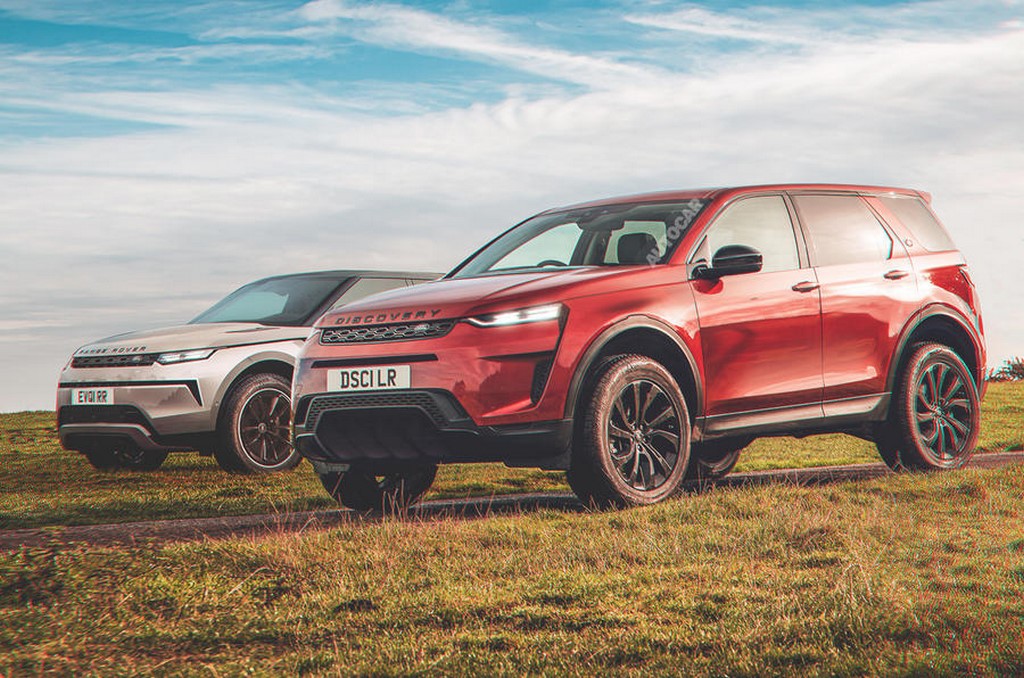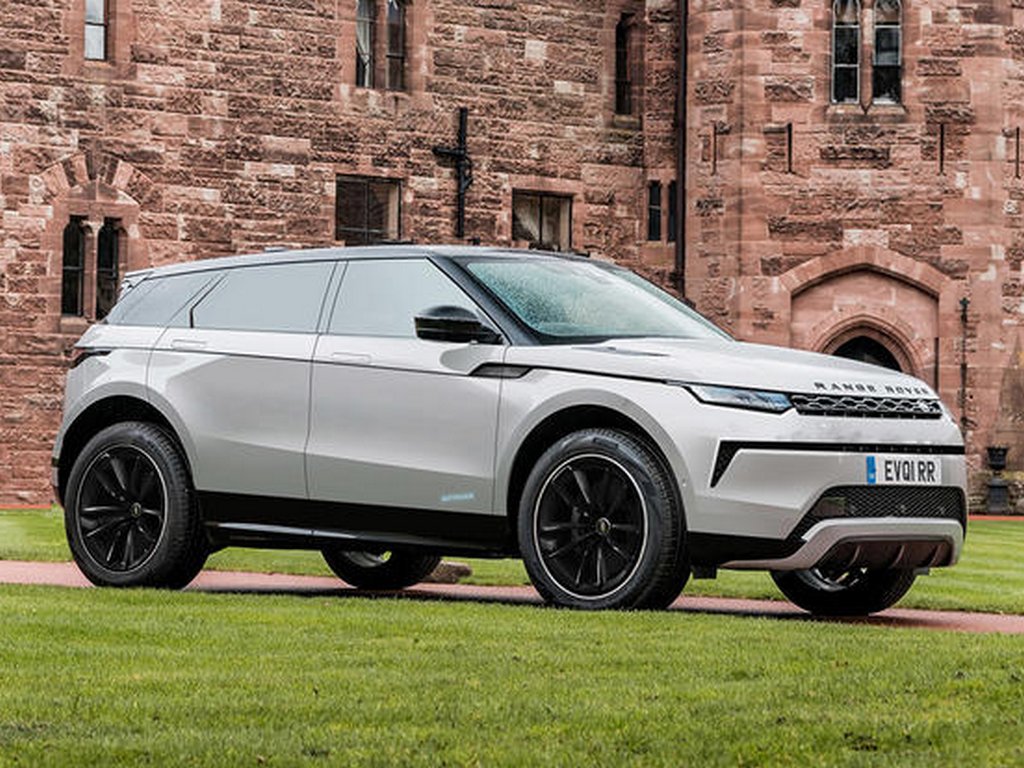
The next-generation Range Rover Evoque and Discovery Sport will be electric models and both will be built on Land Rover’s new Electrified Modular Architecture (EMA).
Part of an ambitious £10 billion (Rs. 1 lakh crore) investment programme running until 2026, the EMA project will initially see the rollout of electric vehicles with a range-extender (petrol engine with lean burn tech) onboard.
The electric Range Rover Evoque set to be launched by 2024 will be the first model based on the EMA platform and it will be joined by the Discovery Sport soon after. Both are expected to come with a pure-electric range of at least close to 100 km.
Land Rover has told its investors already that there will be 2 more Defender family models, not based on the current D7x platform, launched over the next 6 years. At least 1 of them is expected to be a pure EV and both models are expected to based on the EMA as well.
Apart from being used to make extended range EVs, the EMA platform can also be used to produce models with a large floor-mounted battery pack.
Cars based on the EMA platform will be more upmarket (having higher entry pricing), can be equipped with all-wheel drive with electric motors that are claimed to be 92 percent efficient and offering up to 7.2 km of travel per kWh of electricity used.
The EMA-based models will have a 800 V system and a new domain-based “Electrical Vehicle Architecture” that JLR says has an “ethernet backbone” which will help reduce the number of ECUs needed to run a car.
What’s more the 2024 electric Range Rover Evoque and the new Discovery Sport will be equipped with level 2, level 2+ and level 4 autonomous functionality. The cars will be capable of communicating with other cars and infrastructure as well. One other thing to note is that future JLR cars will come with payment systems as well.
JLR has revealed to investors that its future models will be pitched firmly in the most profitable market sectors. However, the brand is looking to not only increase profitability, but, quality as well, thanks to the EMA’s simple architecture.
Before products based on EMA make their debut though, JLR will have introduced cars such as the next-generation Range Rover (in 2022), Discovery, Range Rover Sport and Velar, all based on its upcoming Modular Longitudinal Architecture (MLA).
MLA is a predominantly aluminium platform which can be used to make pure-electric, mild-hybrid and plug-in hybrid cars.
In the future JLR expects EMA-based vehicles to account for about 50 percent or 3.40 lakh units, MLA-based cars at around 40 percent and EVs at 12 percent.

Source – Autocar.co.uk




